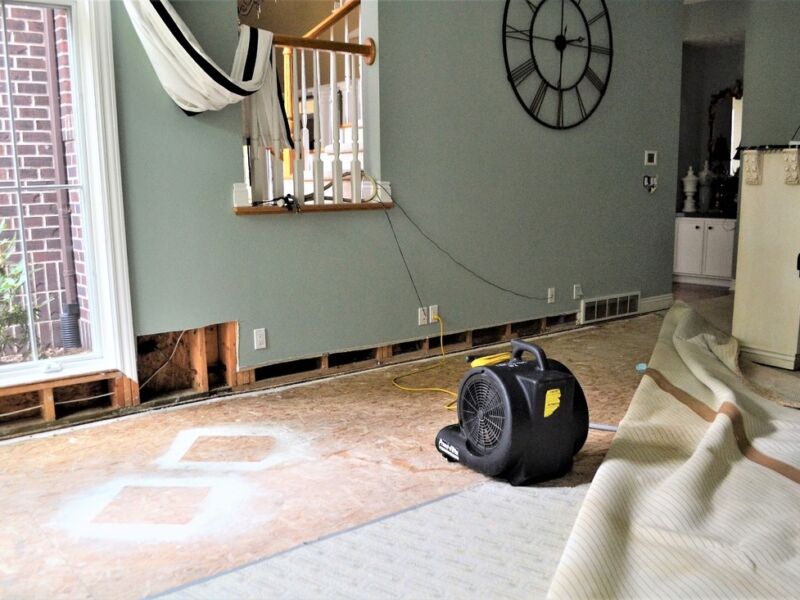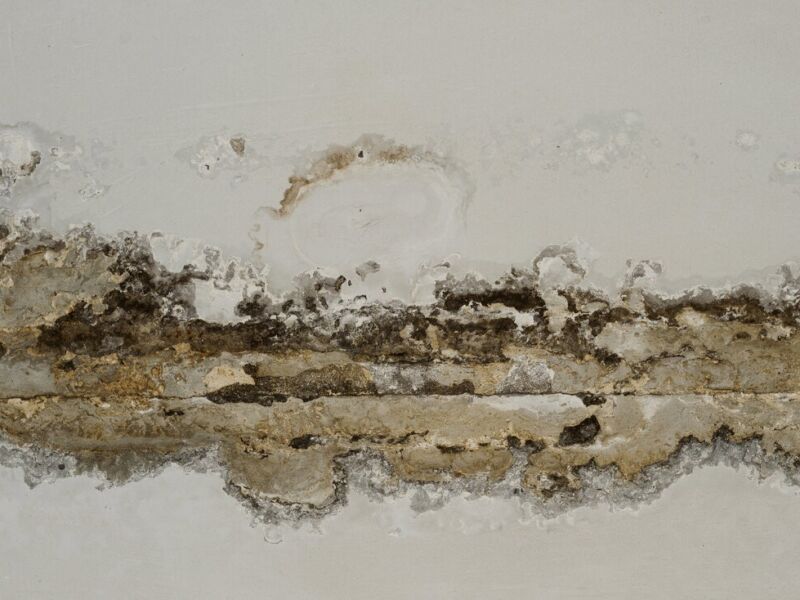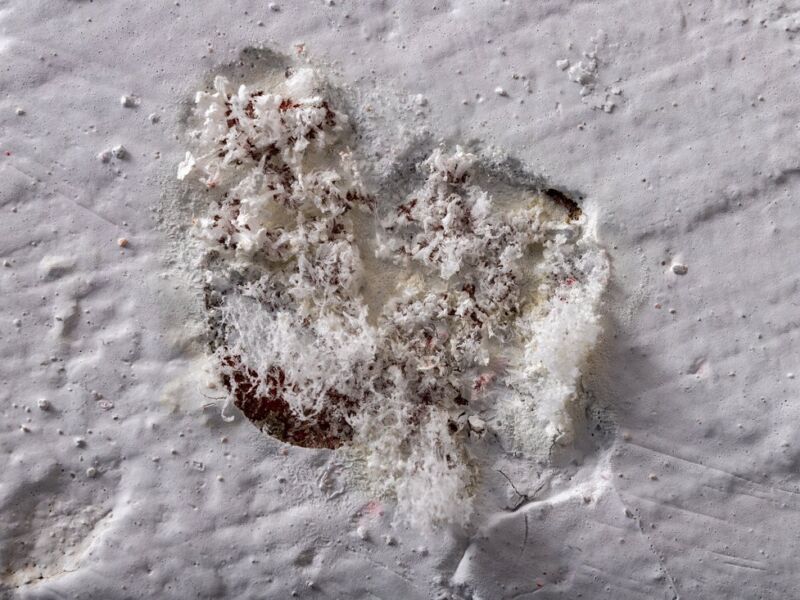
Mold Remediation after Water Damage: A Comprehensive Guide
Water damage can lead to various problems in your home or business, and one of the most common issues that arise is mold growth. Mold can develop quickly in damp and humid environments, and if not addressed promptly, it can cause significant damage to your property and pose health risks to occupants.
The Importance of Mold Remediation

Mold remediation is the process of removing mold and preventing its further growth after water damage. It involves several steps to ensure the complete elimination of mold and the restoration of a safe and healthy environment.
Mold can affect the structural integrity of your property and cause damage to surfaces, such as walls, ceilings, and flooring. Additionally, exposure to mold spores can lead to respiratory issues, allergies, and other health problems. Therefore, it is crucial to address mold growth promptly and effectively.
The Mold Remediation Process
The mold remediation process typically involves the following steps:
- Inspection: A professional mold remediation specialist will assess the extent of the mold infestation by inspecting the affected areas. This involves identifying the source of the water damage and determining the type and severity of mold present.
- Containment: To prevent the spread of mold spores to unaffected areas, the affected area will be contained using plastic sheeting and other barriers. This helps protect occupants and prevent further contamination.
- Removal of Affected Materials: Any materials that are visibly contaminated with mold, such as drywall, carpeting, or insulation, will be carefully removed and disposed of properly.
- Cleaning and Disinfection: The remaining surfaces will be thoroughly cleaned and disinfected to remove any mold spores that may be present. Specialized cleaning agents and equipment may be used to ensure effective mold removal.
- Drying and Dehumidification: After the mold removal process, the affected area will be dried using industrial-grade fans and dehumidifiers. This helps prevent future mold growth by eliminating excess moisture.
- Final Inspection: Once the remediation is complete, a final inspection will be conducted to ensure that all mold has been successfully removed. This step is crucial to ensure the safety and health of the occupants.

The Importance of Professional Mold Remediation
While some minor mold issues can be addressed by homeowners, it is highly recommended to hire professionals for mold remediation after water damage. Here’s why:
- Expertise and Experience: Mold remediation professionals have the knowledge, expertise, and experience to effectively identify, contain, and remove mold. They understand the intricacies of mold growth and have access to specialized equipment and techniques.
- Safe Removal and Disposal: Professionals follow strict safety protocols to ensure the safe removal and proper disposal of mold-infested materials. They also use protective gear to minimize the risk of exposure to mold spores.
- Prevention of Further Contamination: Professionals take necessary precautions to prevent mold spores from spreading to unaffected areas during the remediation process. This helps contain the mold and prevents further contamination.
- Thorough and Effective Remediation: Professionals have the tools and expertise to thoroughly and effectively remove mold from all surfaces, including hard-to-reach areas. They ensure that mold is completely eliminated, reducing the risk of recurring issues.
By hiring professionals for mold remediation, you can have peace of mind knowing that the job will be done correctly and efficiently, minimizing the risks associated with mold growth.
Preventing Mold Growth
Prevention is key when it comes to mold growth after water damage. Here are some preventive measures you can take:
- Address water damage promptly: If you experience any water damage, such as a leak or a flood, it is crucial to address it promptly. Fix the source of the water intrusion and dry out the affected areas as soon as possible.
- Control humidity levels: Keep the humidity levels in your home or business below 50% to prevent mold growth. Use dehumidifiers if necessary, especially in basements, attics, and other areas prone to excess moisture.
- Ensure proper ventilation: Adequate ventilation helps prevent the buildup of moisture and condensation. Use exhaust fans in bathrooms and kitchens, and open windows when weather permits.
- Regularly inspect and maintain your property: Regular inspections can help identify any potential water damage issues early on. Maintain your property by fixing any leaks or plumbing issues promptly.
By being proactive and taking preventive measures, you can minimize the risk of mold growth and protect your property and the health of its occupants.
How long does the mold remediation process take?
Is mold remediation covered by insurance?
Water damage can lead to mold growth, posing risks to both your property and your health. It is crucial to address water damage promptly and take necessary steps for effective mold remediation. By understanding the importance of mold removal and hiring professionals for the job, you can ensure the safety and well-being of your property and its occupants.



